Recent research by FreeAgent indicates that around 43% of invoices sent by UK freelancers and small businesses were paid late between June 2022 and June 2023. Late payments might not seem like a big deal to larger companies, but a delay in payment for sole traders and SMEs can have a big impact on cashflow and can even be a reason why some businesses end up having to cease trading altogether.
Credit terms are a part of business life, so its impossible for most small businesses or freelancers to operate without them. This means it’s important to minimise the risks of late payment or non-payment by assessing businesses that you give credit to.
But how can small businesses know which new clients or customers are likely to pay late, not pay at all or should otherwise be avoided?
We’ve compiled some tips below.
Credit checks
Just as individuals are credit-checked by lenders, small businesses can credit check other companies or individuals before taking them on as a client or customer, with permission to run the check. There is an associated cost, but credit checks can be bought from the three main credit reference agencies, which are Experian, Equifax and TransUnion.
You can also use a credit checking agency, which can flag a high-risk business based on their previous financial behaviour, but this can be an expensive route to take.
Supplier references
Getting a reference from someone who already supplies the potential new customer or client is a good way to get an idea of whether they are likely to pay on time. However, you’ll probably have to get the current supplier details from the customer themselves, so there is always the chance they will only provide a supplier they know is happy, so they will give a glowing report. You can ask for a range of suppliers to try and get a more rounded view.
Check published accounts
You can check a company’s previous published accounts on Companies House to get a view on their financial state, although things can change quickly in business and there is no guarantee that published accounts from a year or more ago will accurately reflect what is happening now or in the future.
There is always an element of risk involved when working with new clients or customers, but you can help to minimise that risk by taking some or all of the steps above so that you can get a picture of their financial past behaviour. It’s no guarantee of future behaviour but can potentially show you some red flags that mean you’d rather steer clear of them. If you’d like to find out about some of the financial advice and assistance that we can provide to small businesses, get in touch.
